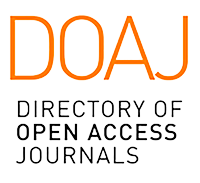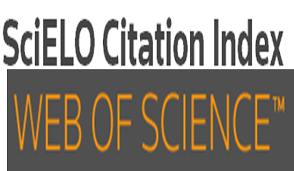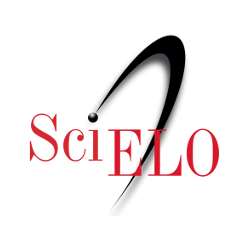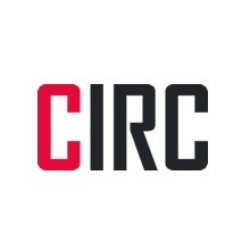Abstract
The New Triptych of Hieronymus Bosch calls for a revision in its
interpretation. It depicts scenes of sensuality and cupidity. i.e. from
spheres with which the Jews were especially connected, mostly in a
derogatory way. The Pedlar (Rotterdam) on the outer panel conveys an image
of trading which was considered as typical of the Wandering Jew, as well as
the image of a pilgrim of life, standing between the “vita mundi” and
damnation. The corresponding image of the New Triptych, the Haywain in
Madrid, shows a pedlar who ushers in a world that exists only in the lust
for money, and who does not realize that it will lead to hell. The hay
symbolizes the mounting interest which the Jewish people have had the
privilege (and, as it turned out, the fate) to reap. The essay discusses
the question whether the Marriage at Cana (Rotterdam) could be in fact the
lacking middle panel of the New Triptych. Here again Jewish and Christian
ideas are fused. In Bosch's hometown, s'Hertogenbosch, the
burghers and the visiting king converse with Jewish people, who are
expected to be converted to Christianity. In both triptychs (the new one
and the one in Madrid) Bosch seems to express the idea of plenty. In both
we are shown pedlars who have to make their choice between the worlds of
sin and virtue. It seems that some of the hidden symbols in Bosch's
oeuvre refer to the Christians' fear of heretic aberration and of
seduction by wordly pleasures, for which the “Jewish world” serves as a
warning example.
Downloads
Download data is not yet available.

















